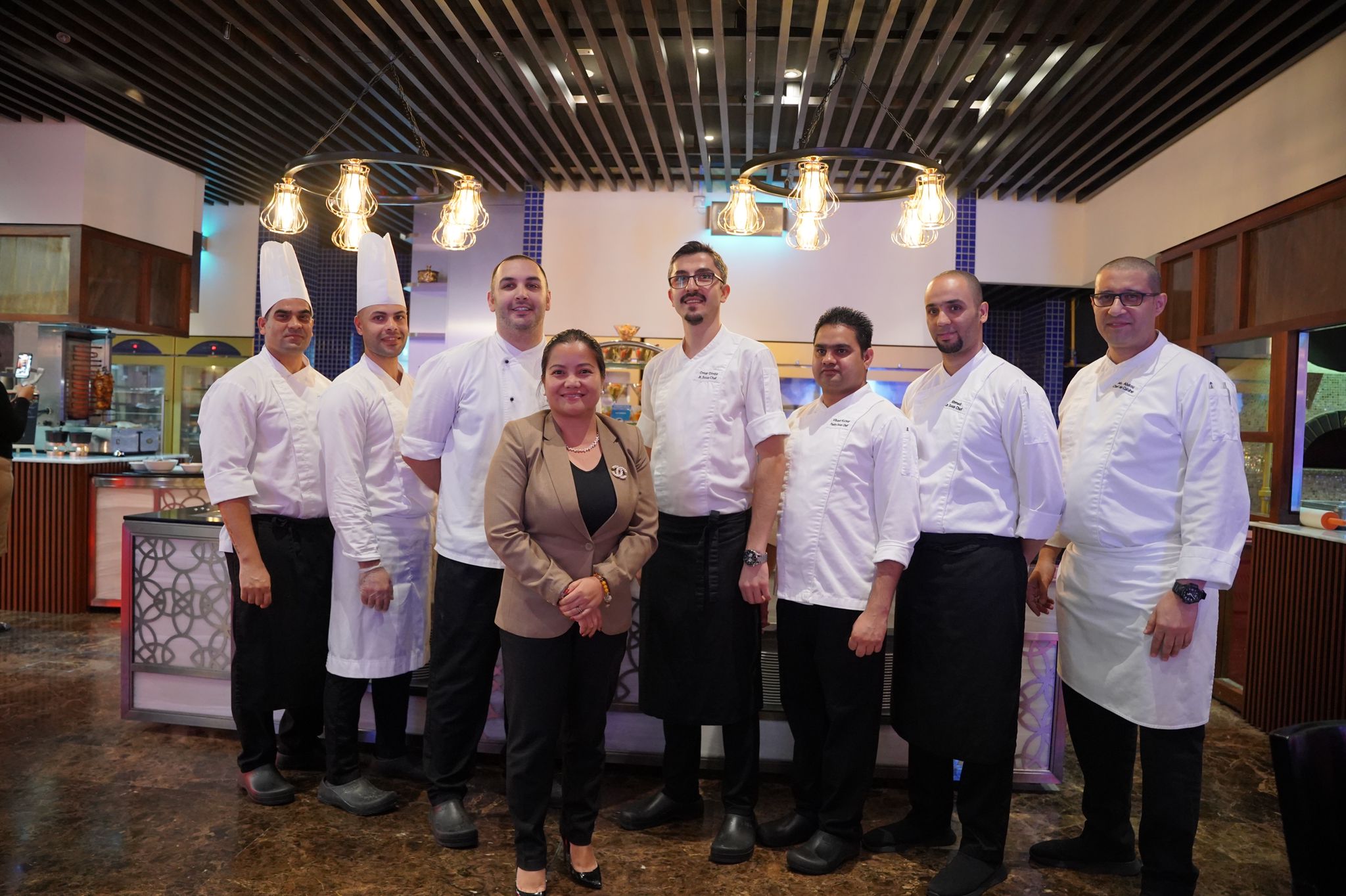
Broadly speaking, a generation is a group of individuals born within a given timeframe, usually 15 years or so. Someone’s year of birth is far from a perfect indicator of who they are, and doesn’t account for the impact of being born into a particular region, class, ethnicity, etc.
But it can be useful to trace some general trends among different generations. They can help give us a big-picture view of a group’s values and tendencies, especially as some workplaces include up to five different generations.
We can gain insight from generational differences in expectations, priorities, cultural norms, levels of education, family and housing status, employment trends, and other criteria.
Generational trends shape products and services, as well as the modern workplace. For example, millennials tend to be more health conscious than older generations, and organizations are shaping their perks and benefits accordingly. They’re also marrying later in life, which can shift the benefits companies offer.
Today’s workforce is more diverse than ever, and diversity is crucial for organizations to gain a creative and competitive edge. It’s equally crucial that teams and managers consider generational differences when it comes to collaboration and communication styles, life influences, and personal priorities.
We must be careful not to fall into the trap of stereotypes or myths that cover up the fact that most of the time, generations have more in common than not. In a recent webinar about engaging five generations in one workplace, which included Workfront Chief Product and Technology Officer Steve ZoBell, industry leaders agree, “it’s not about age; it’s about mindset.”
Surprisingly, millennials are more likely than baby boomers to say that they feel like their company requires them to use too many technology tools/solutions. In addition, millennials are twice as likely as baby boomers to worry that automation will cause them to lose their job.
New technology, especially automation, is the future of work. In a webinar about engaging different generations in the future workplace, Jeanne Meister says that, “Effectively managing this new generation of work automation side by side with baby boomers, Gen X, millennials, and now Gen Z is really the key to dramatically increase the productivity of our knowledge workers.”
Ironically, understanding all these differences should lead managers to be more personalized with their people strategies. This means not expecting all employees to be thrilled by the same perks. Or realizing that some may thrive with flex time and some may find it overwhelming. And not assuming that all millennials are unequivocally pro-technology and automation, or that baby boomers are the biggest sticklers for workflow processes.
None of this means that you forgo standard policies and procedures, but these differences can shape and inform work expectations to make for smoother teamwork and execution.
OVERVIEW
OnMyWay Is The #1 Distracted Driving Mobile App In The Nation!
OnMyWay, based in Charleston, SC, The Only Mobile App That Pays its Users Not to Text and Drive.
The #1 cause of death among young adults ages 16-27 is Car Accidents, with the majority related to Distracted Driving.
OnMyWay’s mission is to reverse this epidemic through positive rewards. Users get paid for every mile they do not text and drive and can refer their friends to get compensated for them as well.
The money earned can then be used for Cash Cards, Gift Cards, Travel Deals and Much, Much More….
The company also makes it a point to let users know that OnMyWay does NOT sell users data and only tracks them for purposes of providing a better experience while using the app.
The OnMyWay app is free to download and is currently available on both the App Store for iPhones and Google Play for Android @ OnMyWay; Drive Safe, Get Paid.
Download App Now – https://r.onmyway.com
Sponsors and advertisers can contact the company directly through their website @ www.onmyway.com











